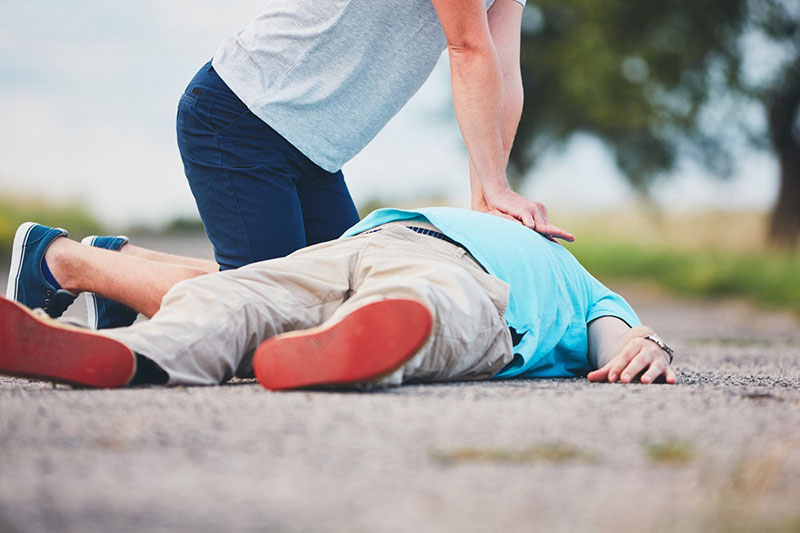How to respond to a patient experiencing a Heart Attack

If you suspect that someone is experiencing a heart attack, it's crucial to act quickly and calmly. Here are the steps to respond to a patient experiencing a heart attack:
-
Call Emergency Services:
- The first and most important step is to call emergency services or the local emergency number (e.g., 911 in the United States) immediately. Time is critical during a heart attack, and getting medical help promptly can save a life.
-
Stay Calm and Reassure the Patient:
- Stay calm and reassure the patient that help is on the way. Encourage them to remain as calm as possible and avoid making sudden movements.
-
Help the Patient Sit or Lie Down:
- Have the patient sit or lie down in a comfortable position, whichever is more comfortable for them. If they are conscious and able to move, assist them in finding a comfortable position.
-
Administer Aspirin (if available):
- If the patient is not allergic to aspirin and has not already taken it, you may consider giving them a low-dose (81 mg) aspirin to chew, as it can help prevent blood clotting and reduce the severity of the heart attack. However, only do this if aspirin is readily available and if the patient is able to swallow.
-
Monitor Vital Signs:
- Keep an eye on the patient's vital signs, such as their pulse, breathing, and consciousness level. Be prepared to perform CPR (cardiopulmonary resuscitation) if the patient becomes unresponsive and stops breathing.
-
Do Not Leave the Patient Alone:
- Stay with the patient at all times until emergency medical help arrives. Offer reassurance and support while waiting for the paramedics to arrive.
-
Provide Comfort Measures:
- Offer comfort measures such as loosening tight clothing, providing a blanket if the patient is cold, and offering sips of water if they are conscious and able to swallow.
-
Follow Emergency Dispatcher's Instructions:
- The emergency dispatcher may provide further instructions or guidance over the phone. Follow their instructions carefully and be prepared to provide any necessary information about the patient's condition.
Remember, it's essential to act quickly and decisively when responding to a suspected heart attack. Every minute counts, and getting prompt medical attention can significantly improve the patient's chances of survival and recovery.
Thank you,
